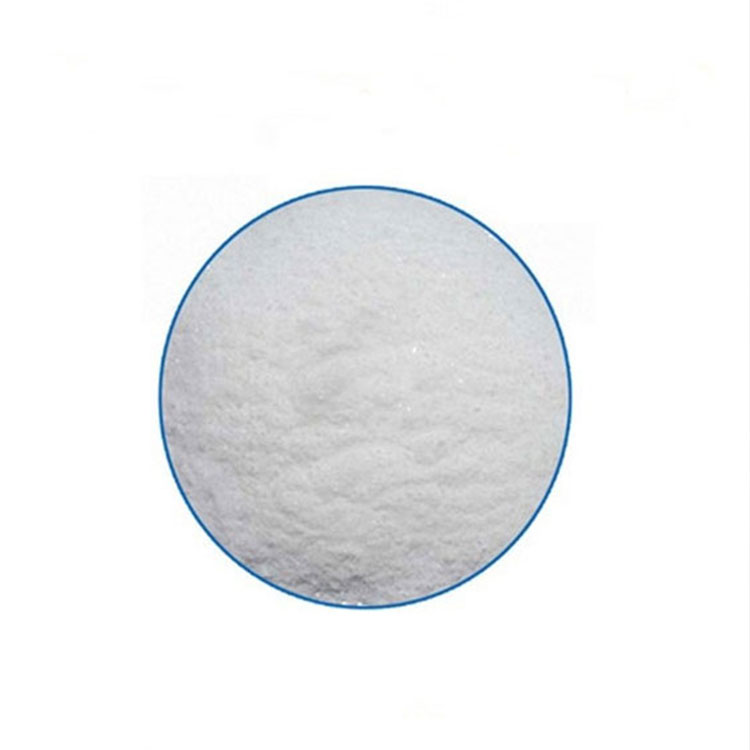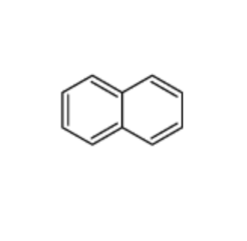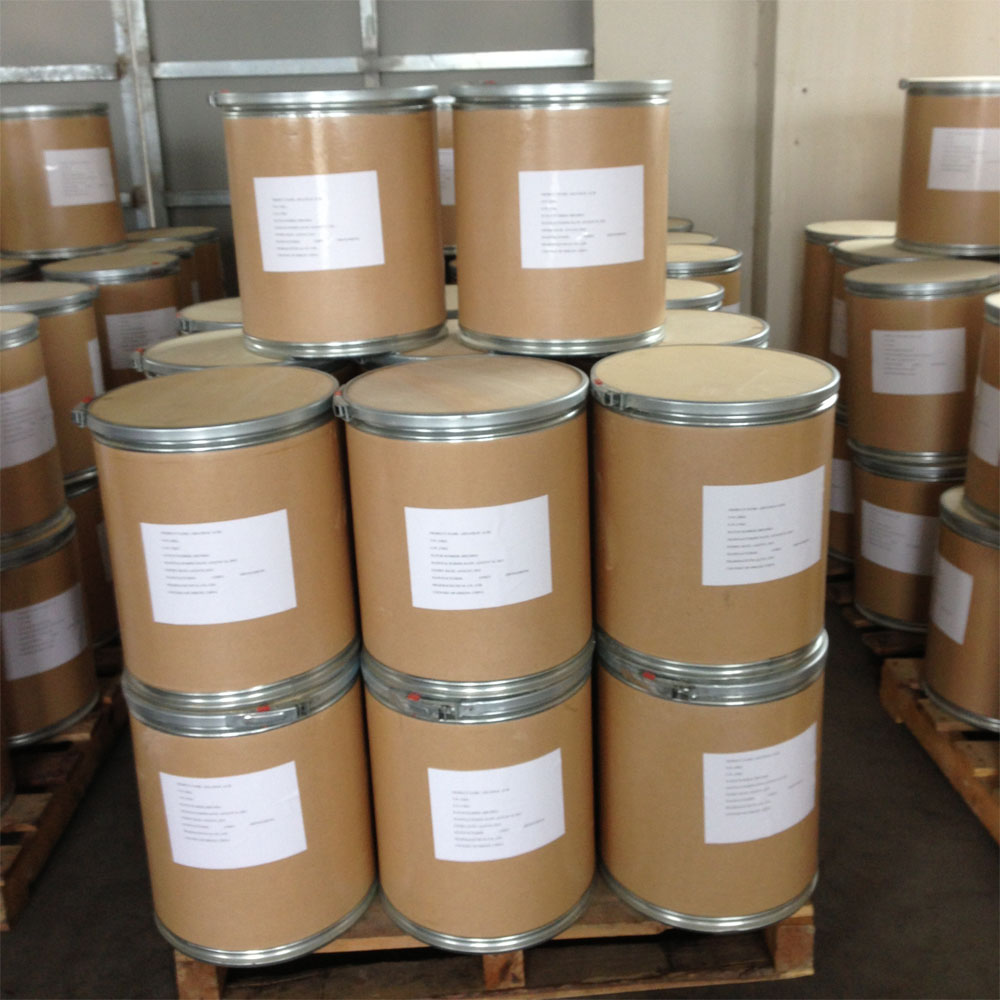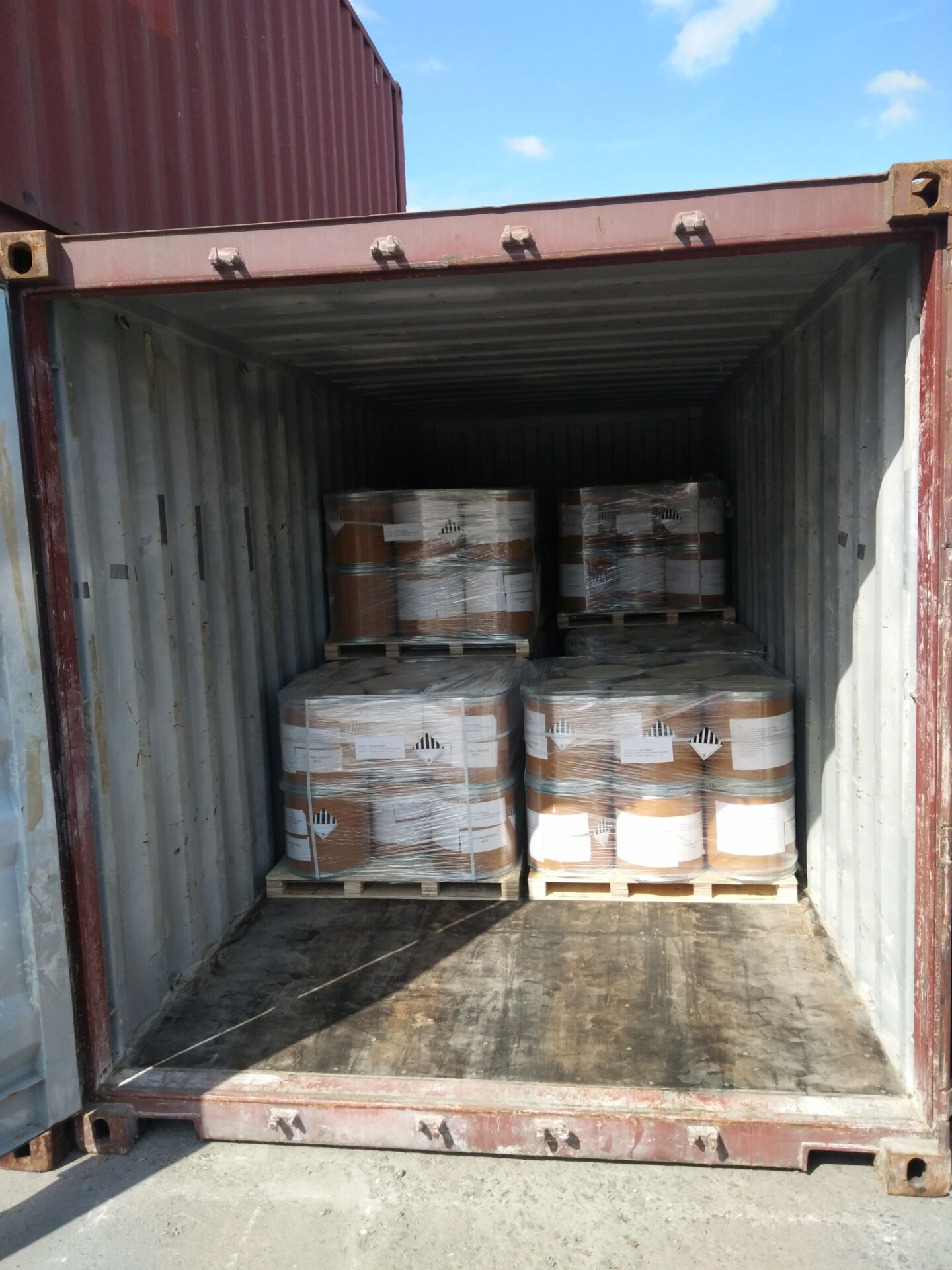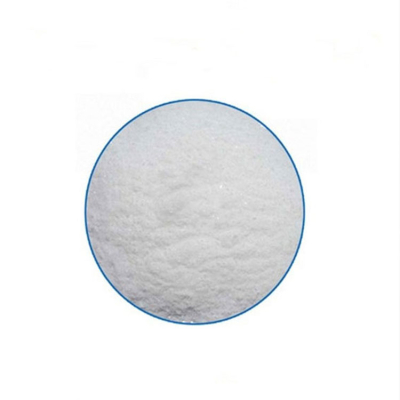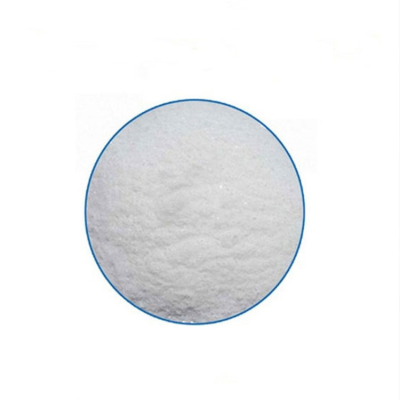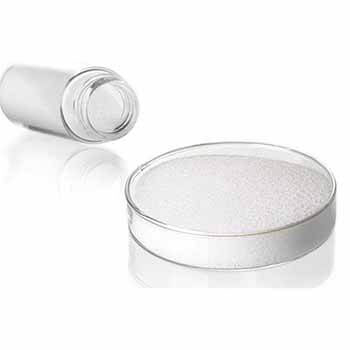Naphthalene CAS#91-20-3
Naphthalene CAS#91-20-3 Promotion Season Now in Store and Free Sample for Testing with Factory Price
Chemical Name:Naphthalene
CAS No.:91-20-3
Molecular Formula:C10H8
Molecular weight: 128.17
Sample: Available
Mode of Transportation
1. By Air, fast but expensive.
2. By Sea, usual and economy.
3. By Train, suit for middle Asia countries.
4. By Express, suit for small package.
We only provide highest quality goods available, accompanied by after support!
Products Description of Naphthalene CAS#91-20-3
Naphthalene is the simplest condensed ring aromatic hydrocarbon with a chemical formula of C10H8. It is formed by the fusion of two benzene rings sharing two adjacent carbon atoms. It is widely used as a raw material for the preparation of dyes, resins, solvents, etc., and is also used As an insect repellent.
Naphthalene Chemical Properties
Melting point | 80-82 °C (lit.) |
Boiling point | 218 °C (lit.) |
density | 0.99 |
vapor density | 4.4 (vs air) |
vapor pressure | 0.03 mm Hg ( 25 °C) |
refractive index | 1.5821 |
Fp | 174 °F |
storage temp. | Store below +30°C. |
solubility | methanol: soluble50mg/mL, clear, colorless |
form | Faint beige to brown to salmon red powder |
color | White to almost white |
Specific Gravity | 1.145 |
Odor | at 10.00 % in benzyl benzoate. pungent dry tarry |
Odor Type | pungent |
explosive limit | 0.9-5.9%(V) |
Water Solubility | 30 mg/L (25 ºC) |
Merck | 14,6370 |
BRN | 1421310 |
Henry's Law Constant | 5.64 at 25 °C (thermodynamic method-GC/UV spectrophotometry, Altschuh et al., 1999) |
Exposure limits | TLV-TWA 10 ppm (~50 mg/m3) (ACGIH, MSHA, and OSHA); STEL 15 ppm (~75 mg/m3) (ACGIH); IDLH 500 ppm. |
Dielectric constant | 2.5(85℃) |
InChIKey | UFWIBTONFRDIAS-UHFFFAOYSA-N |
LogP | 3.7 at 25℃ |
CAS DataBase Reference | 91-20-3(CAS DataBase Reference) |
NIST Chemistry Reference | Naphthalene(91-20-3) |
IARC | 2B (Vol. 82) 2002 |
EPA Substance Registry System | Naphthalene (91-20-3) |
Safety Information
Hazard Codes | Xn,N,F,T |
Risk Statements | 22-40-50/53-67-65-38-11-39/23/24/25-23/24/25-52/53-20 |
Safety Statements | 36/37-46-60-61-62-45-16-7-33-25-9 |
RIDADR | UN 1334 4.1/PG 3 |
WGK Germany | 3 |
RTECS | QJ0525000 |
Autoignition Temperature | 978 °F |
TSCA | Yes |
HazardClass | 4.1 |
PackingGroup | III |
HS Code | 29029010 |
Hazardous Substances Data | 91-20-3(Hazardous Substances Data) |
Toxicity | Acute oral LD50 for guinea pigs 1,200 mg/kg, mice 533 mg/kg, rats 1,250 mg/kg (quoted, RTECS, 1985). |
IDLA | 250 ppm |
Product Application of Naphthalene CAS#91-20-3
Naphthalene is the most important condensed ring hydrocarbon in industry. It is mainly used to produce phthalic anhydride, various naphthols, naphthylamines, etc. It is an intermediate for the production of synthetic resins, plasticizers, dyes, surfactants, synthetic fibers, coatings, and pesticides. , raw materials for medicines, spices, rubber additives and pesticides.
The use distribution of naphthalene varies from country to country. Approximately 70% is used for the production of phthalic anhydride, approximately 15% is used for dye intermediates and rubber additives, approximately 6% is used for pesticides, and approximately 4% is used for tanning agents. The United States uses a larger proportion to produce pesticides, mainly for the production of carbaryl. Using naphthalene as raw material, various intermediates can be produced through unit operations such as sulfonation, nitration, reduction, amination, and hydrolysis.
Factory and Equipment Show
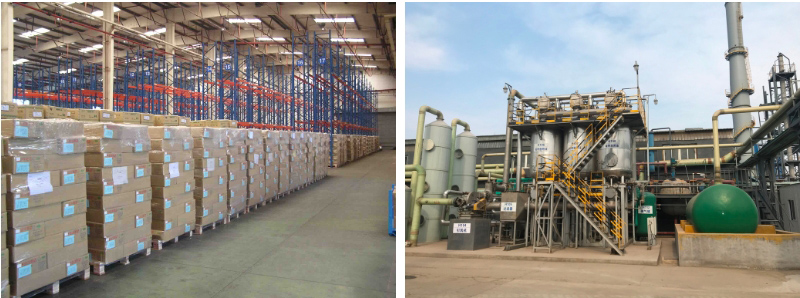

Fast delivery time
Inventory 2-3 working days New production 7-10 working days



